|
Here is the link to my Youtube playlist that has all of my demo videos as well as other supporting videos.
We looked at Jeff Koons' work. Koons is an American Post-Pop artist. He is most well-known for his large reflective sculpture balloon dogs. Most of his sculptures use a reflective surface. He likes how the reflective surface changes the way you perceive the area around you by warping and distorting the room on its shiny shell. He depicts objects that are popular in pop culture such as balloon animals, Popeye, and pool inflatables. His sculptures are highly rendered, down to the subtle creases along the seems of his metal pool inflatables. I find his balloon dogs particularly interesting because they toy with the idea of life and death. When something is full of air/breath like a human or a balloon, the item is thought to have life. But when those things run out of air, they become deflated or lifeless. By creating balloon dogs out of metal, they lose their ability to deflate making them immortal. The kids were amazed that he is the second richest living artist and is worth $500 million. We did an observational drawing of a balloon dog inspired by Koons. To do this, we had to learn to break the dog's shape down into different sized ovals. After drawing it, we then traced over our lines with glue then left them to dry on the drying rack. For the second day of the project, we talked about form. Typically, we talk about form as being something that is 3D but it can ALSO be something that has the illusion of being 3D. To do this, we would need to add shadows and highlights to our dogs. We chose a color and LIGHTLY chalked the various sections of our dog. The glue lines help to contain the chalk and the chalk also wipes off of the glue lines easily at the end of the project. They gently blended the chalk and then re-chalked it, making sure not to chalk quite to the bottom this time. Then smoothed and chalked again, going even less far down on the dog. By going over parts of the dog over and over, it creates a bright spot on the dog called a highlight. This gives the illusion that the sun/light is hitting that part of the dog. Lastly, we added a touch of black opposite of the highlight to give the dog some shadows. By adding highlights and shadows, our dogs now looked like they were 3D or had form.
4 Comments
We looked at Jeff Koons' work. Koons is an American Post-Pop artist. He is most well-known for his large reflective sculpture balloon dogs. Most of his sculptures use a reflective surface. He likes how the reflective surface changes the way you perceive the area around you by warping and distorting the room on its shiny shell. He depicts objects that are popular in pop culture such as balloon animals, Popeye, and pool inflatables. His sculptures are highly rendered, down to the subtle creases along the seems of his metal pool inflatables. I find his balloon dogs particularly interesting because they toy with the idea of life and death. When something is full of air/breath like a human or a balloon, the item is thought to have life. But when those things run out of air, they become deflated or lifeless. By creating balloon dogs out of metal, they lose their ability to deflate making them immortal. He is a highly controversial artist who uses around 130 "assistants" to produce his ideas. The kids were amazed that he is the second richest living artist and is worth $500 million.
We did an observational drawing of a balloon dog inspired by Koons. To do this, we had to learn to break the dog's shape down into different sized ovals. After drawing it, we then traced over our lines with glue then left them to dry on the drying rack. For the second day of the project, we talked about form. Typically, we talk about form as being something that is 3D but it can ALSO be something that has the illusion of being 3D. To do this, we would need to add shadows and highlights to our dogs. We chose a color and LIGHTLY chalked the various sections of our dog. The glue lines help to contain the chalk and the chalk also wipes off of the glue lines easily at the end of the project. They gently blended the chalk and then re-chalked it, making sure not to chalk quite to the bottom this time. Then smoothed and chalked again, going even less far down on the dog. By going over parts of the dog over and over, it creates a bright spot on the dog called a highlight. This gives the illusion that the sun/light is hitting that part of the dog. Lastly, we added a touch of black opposite of the highlight to give the dog some shadows. By adding highlights and shadows, our dogs now looked like they were 3D or had form. For the second part of this project we did an observational drawing of our balloon dog. To do this, we had to learn to break the dog's shape down into different sized ovals. After drawing it, we then traced over our lines with glue then left them to dry on the drying rack. For the second day of the project, we talked about form again. Typically, we talk about form as being something that is 3D but it can ALSO be something that has the illusion of being 3D. To do this we would need to add shadows and highlights to our dogs. To do this, we chose a color and LIGHTLY chalked the various sections of our dog. The glue lines help to contain the chalk and the chalk also wipes off of the glue lines easily at the end of the project. They gently blended the chalk and then re-chalked it, making sure not to chalk quite to the bottom this time. Then smoothed and chalked again, going even less far down on the dog. By going over parts of the dog over and over, it creates a bright spot on the dog called a highlight. This gives the illusion that the sun/light is hitting that part of the dog. Lastly, we added a touch of black opposite of the highlight to give the dog some shadows. By adding highlights and shadows, our dogs now looked like they were 3D or had form. This was a loooooooong project for my third graders. We looked at Jeff Koons' work. Koons is an American Post-Pop artist. He is most well-known for his large reflective sculpture balloon dogs. Most of his sculptures use a reflective surface. He likes how the reflective surface changes the way you perceive the area around you by warping and distorting the room on its shiny shell. He depicts objects that are popular in pop culture such as balloon animals, Popeye, and pool inflatables. His sculptures are highly rendered, down to the subtle creases along the seems of his metal pool inflatables. I find his balloon dogs particularly interesting because they toy with the idea of life and death. When something is full of air/breath like a human or a balloon, the item is thought to have life. But when those things run out of air, they become deflated or lifeless. By creating balloon dogs out of metal, they lose their ability to deflate making them immortal. He is a highly controversial artist who uses around 130 "assistants" to produce his ideas. The kids were amazed that he is the second richest living artist and is worth $500 million. Throughout this project, I began to try to incorporate the use of videos in the art-making process so that you all can see what goes on in the art room. This was a SUPER stressful project for me. First of all, we were paper mache-ing which is something that I am NOT very good at. Because we were paper mache-ing balloon dogs, I had to get up really early each morning to blow up the balloons. If I tried to do it the night before, the balloons would deflate too much over night. For the initial paper mache-ing, I paired the kids up because I worried that if they worked individually, they wouldn't get the full first coat on. Then the balloon would deflate before the next class and they would have to start over. So two students worked on a dog. Then the next class, they worked on the other dog for their partner. After everyone got their first coat on, we added two more coats of paper mache. Throughout the project, we talked about form and how things that are 3D have form which means they are tall, wide, and have depth. At Harmony, we painted several coats of acrylic paint onto our dog to give it color. At Consolidated, we paper mache'd colored paper onto the dog to give it color. We also talked about our personal beliefs on whether students thought he was an artist or not. Some felt that because he came up with the idea for the project, he was an artist. Others felt that because he didn't physically make the artwork, he shouldn't be considered the artist. 34 students believe Jeff Koons is an artist. 22 believe he is not. |
Devon CalvertHarmony and Consolidated Elementary Art Teacher in Milton, WI. UW-Eau Claire graduate. WAEA President. Apple Teacher. Archives
March 2019
Categories
All
|
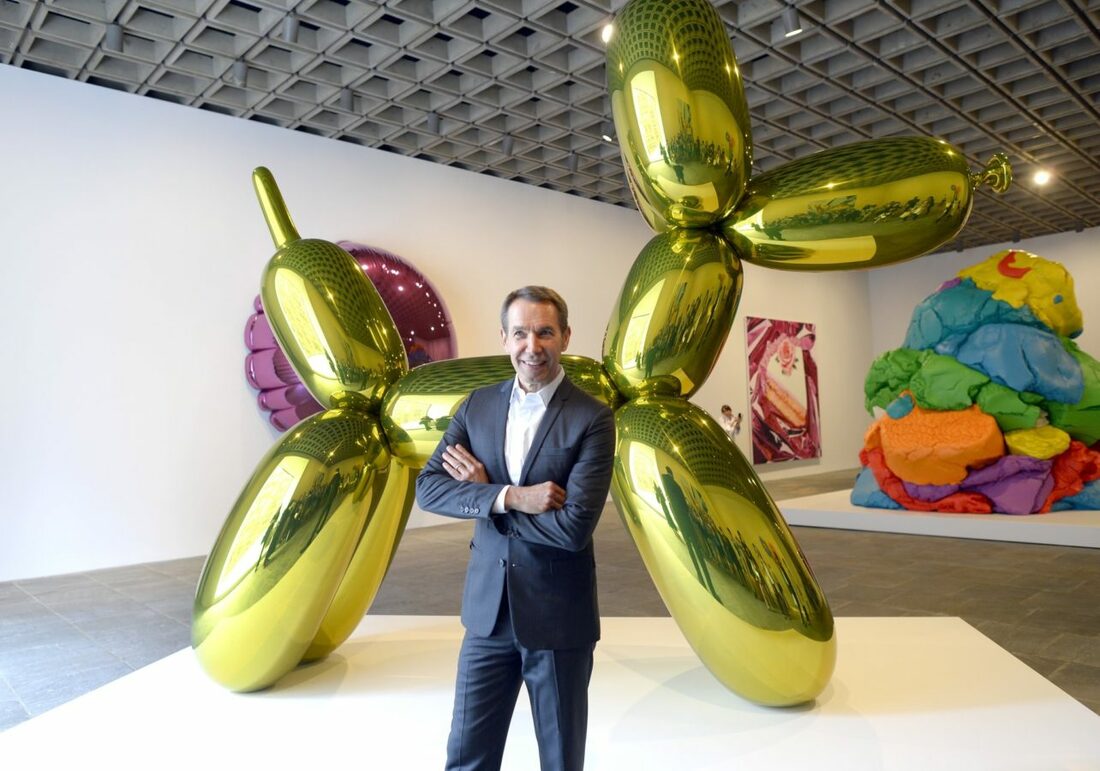
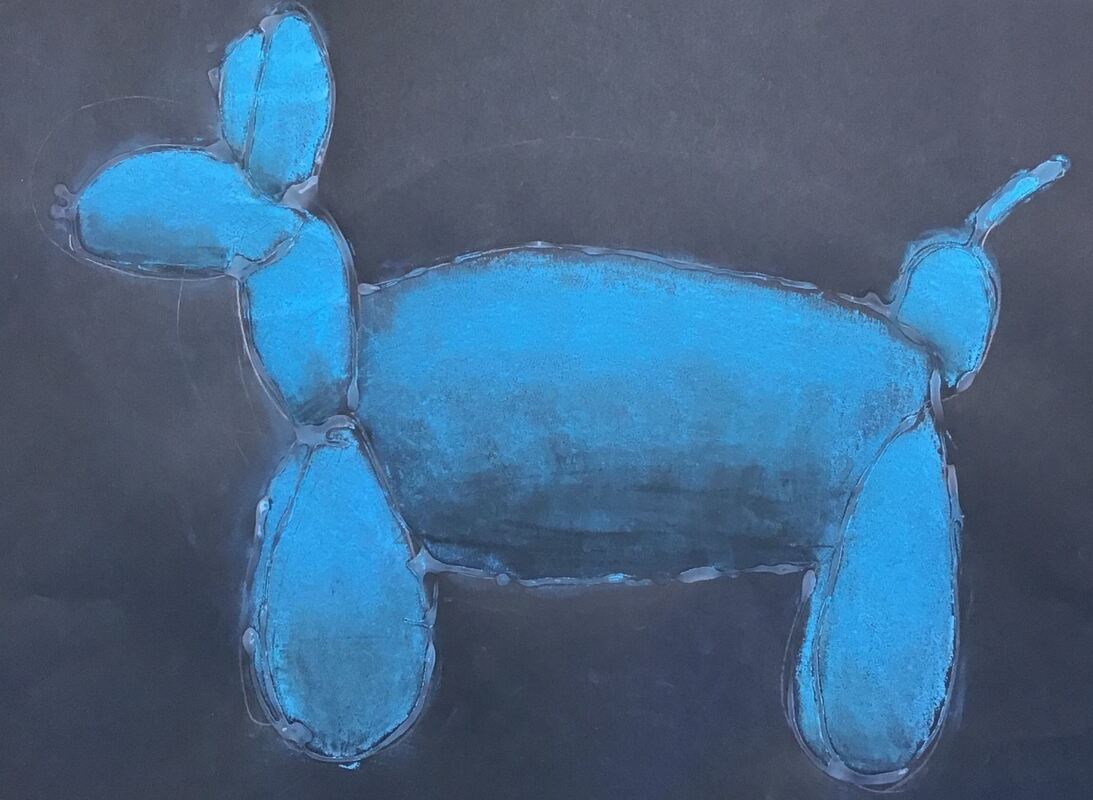
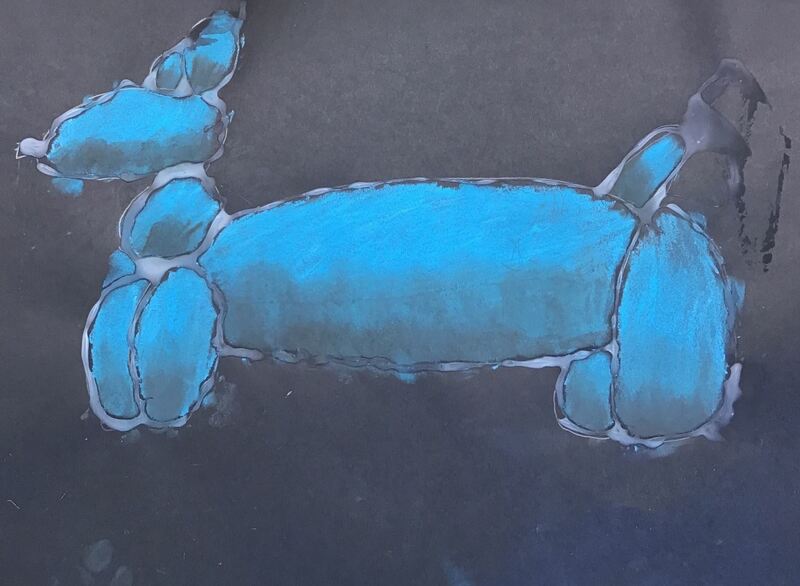


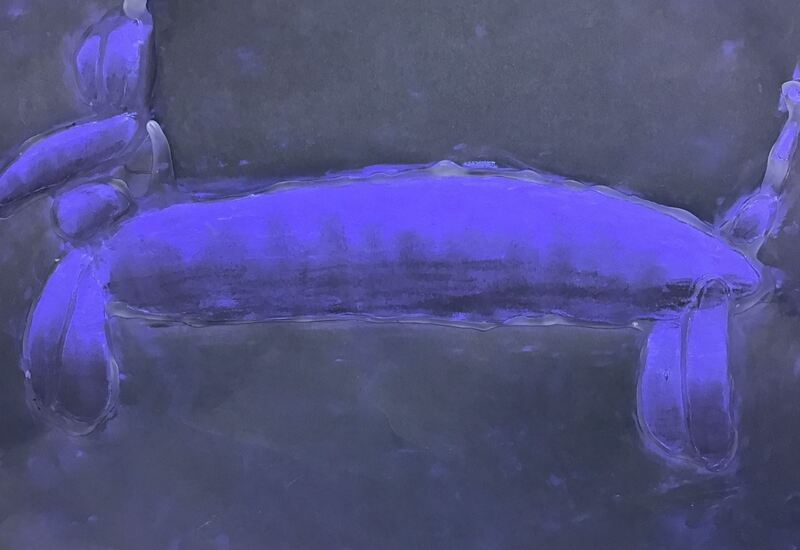
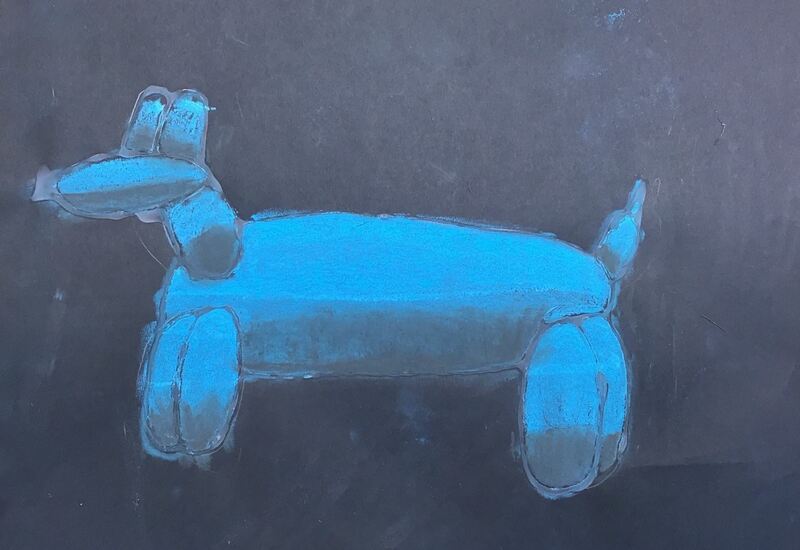
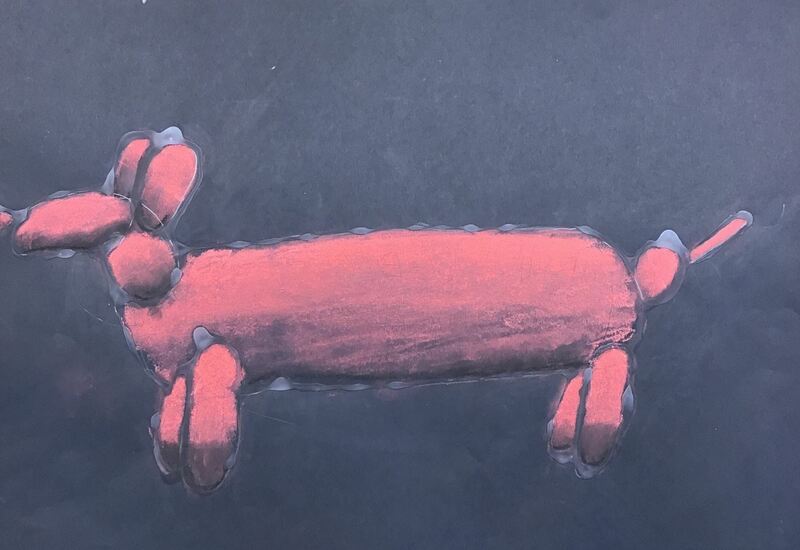
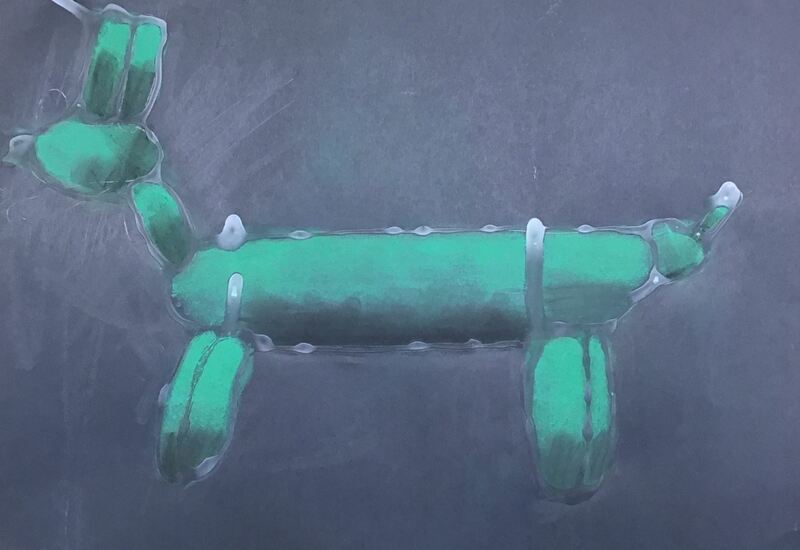
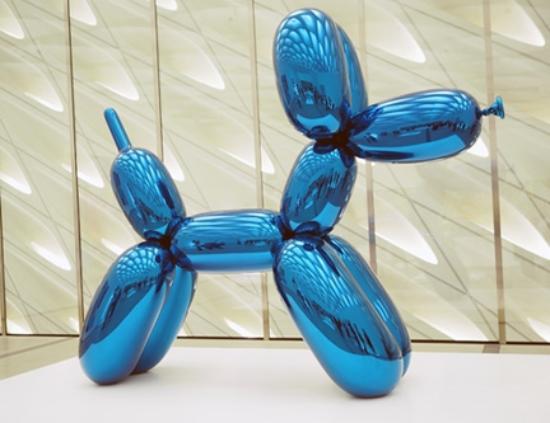
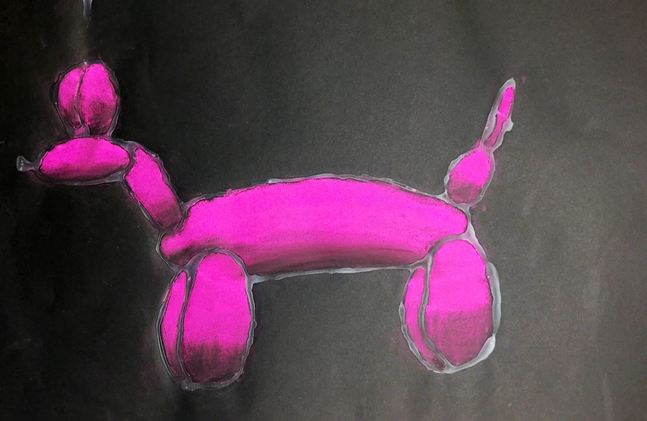
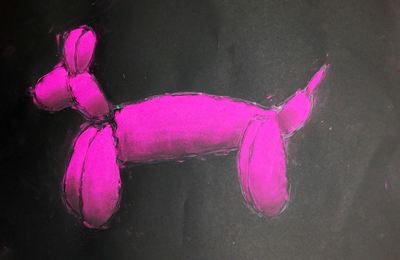
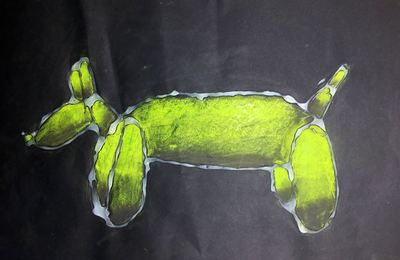
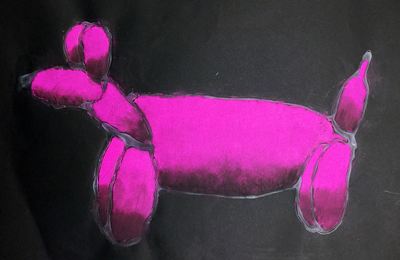
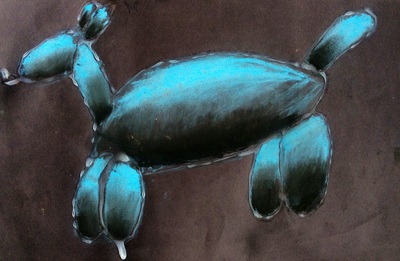
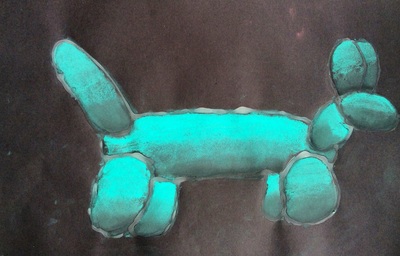
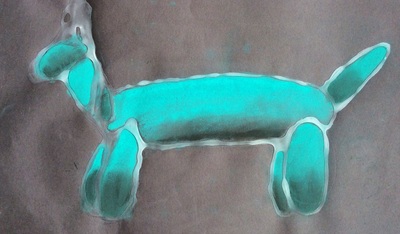
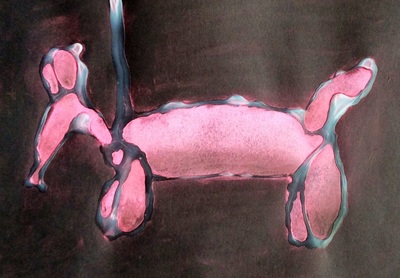

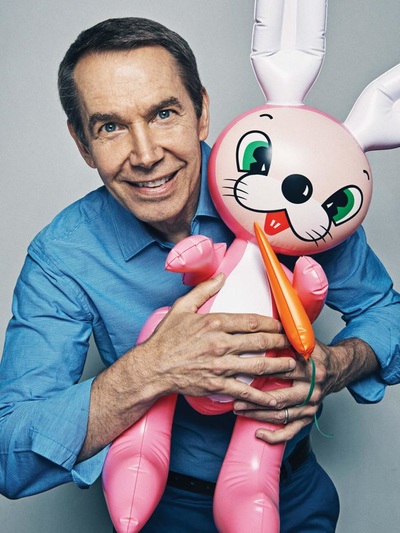
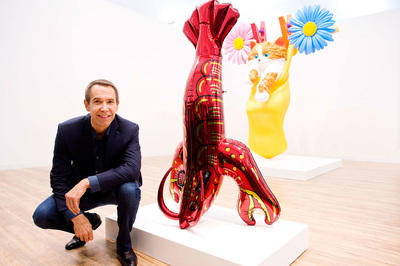
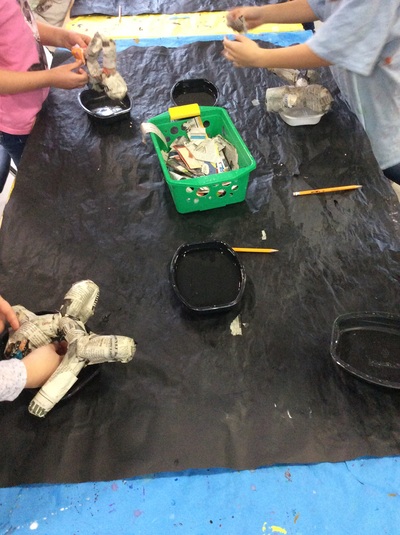
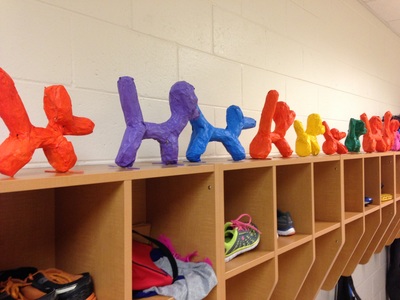
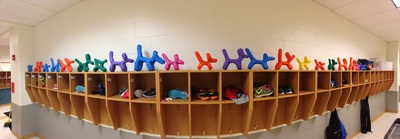
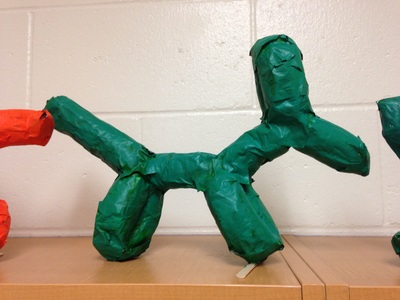

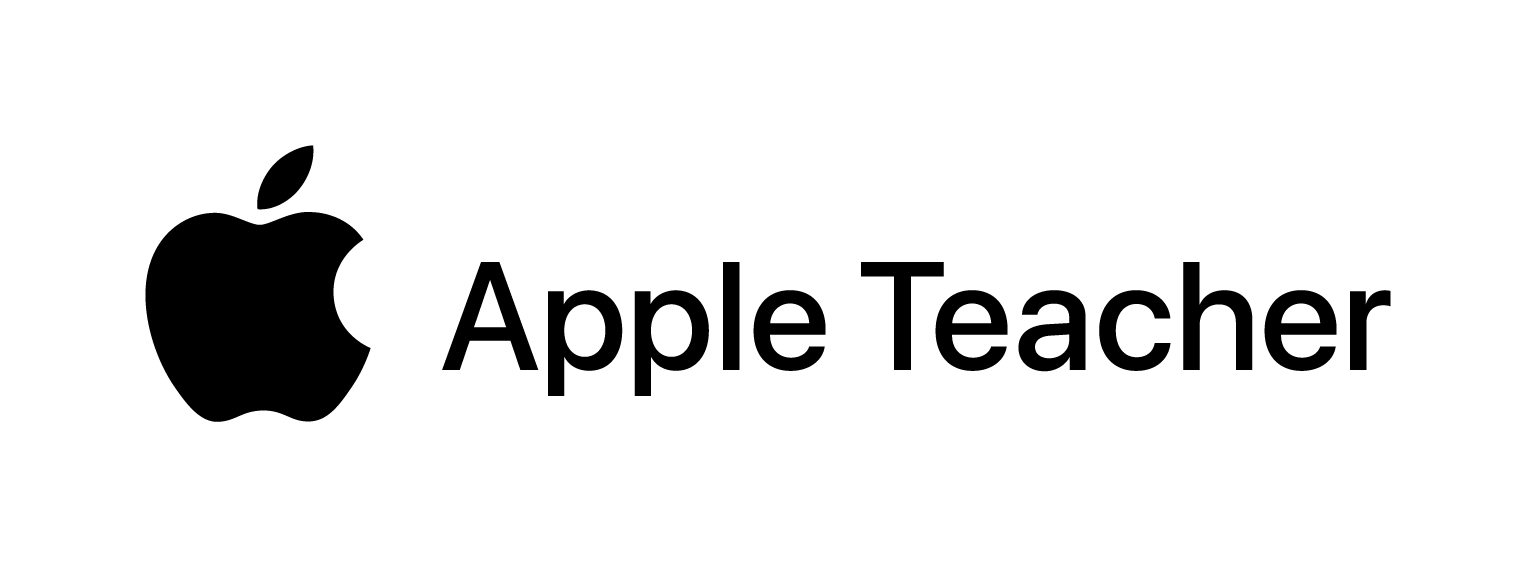
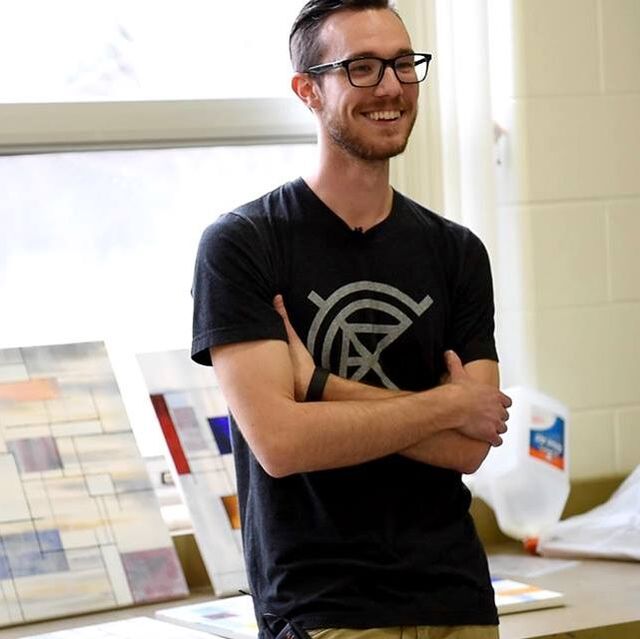
 RSS Feed
RSS Feed
